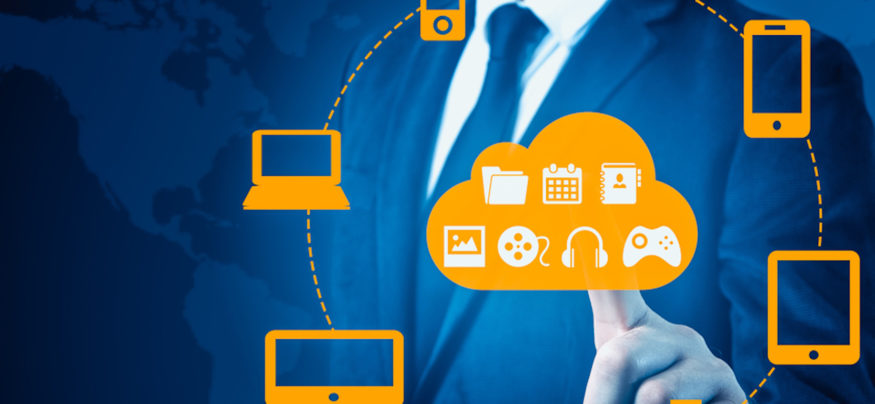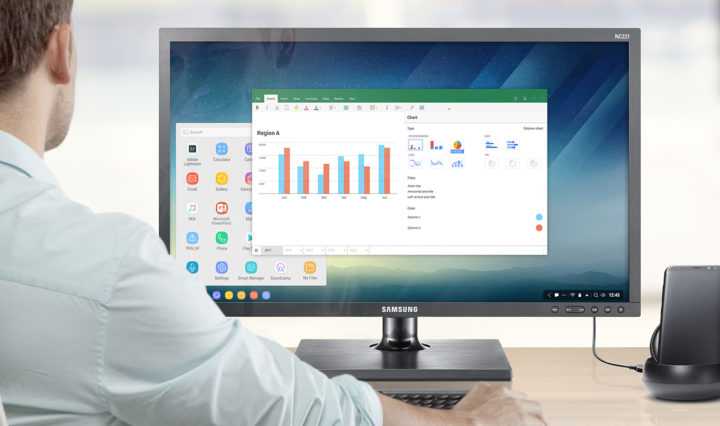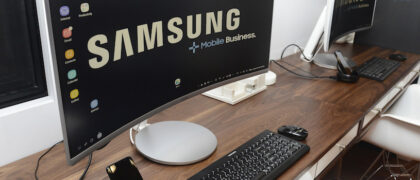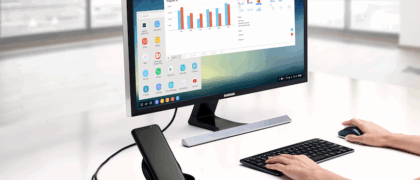Many enterprises have turned to virtual desktop infrastructure (VDI) solutions to provide a secure, managed and consistent desktop experience to their dispersed workforce. With the ability to access the virtual desktops and apps from a variety of endpoint devices — whether a thin client desktop, laptop, tablet or even a smartphone — virtual desktop access has allowed mobile workers to get done inside and outside the office.
With high-performing VDI solutions like Citrix Xen Desktop with Receiver, a new synergy is developing. One that is creating a blended world where desktop and mobile, Windows and Android, personal and work, native and virtual experiences are no longer disparate and disjointed experiences, but seamless from a single device in a way that’s simple yet powerful for business users.
Here’s a look at how all these different worlds are beginning to overlap for a better, more cohesive user experience.
A Desktop Experience From Your Mobile Device
Despite the number of apps and advanced features on modern smartphones completing certain tasks like creating documents, spreadsheets and slides is still not as convenient as doing so on a full PC.
Increase Productivity With a Mobile Desktop
Here are three ways you can save time with a mobile desktop. Download Now
Samsung DeX is now bringing the desktop experience to mobile-empowered users. By placing their smartphone in a DeX Station that connects to an external full-size display and keyboard and mouse, users can have an intuitive desktop experience right from their mobile device, with the high-performance productivity tools (keyboard shortcuts, right mouse click, access to Microsoft Office and other productivity apps, etc.) they’ve come to expect when at a desktop.
With this flexibility to connect to a desktop environment, users can improve their mobile workflow and decrease the number of devices necessary to ensure work gets done on the go.
Balanced Co-existence of Windows and Android Worlds
Most enterprises power their VDI solutions to deliver Windows desktops and apps as the leading desktop platform for business use. Similarly, Android is the preferred OS for most mobile devices. Samsung DeX brings these two worlds together into one optimal experience.
Through VDI solutions — such as those from Citrix — DeX users can now generate a full Windows desktop experience that allows access not only to Windows’ apps like full-fledged Microsoft Office, but to Android apps as well. When I use Samsung DeX, I love having my full virtual Windows desktop in full screen mode while I’m working, and when I need to I can simply move my mouse down to the bottom of the screen to access my Android apps as well. I also see my phone notifications (usually text messages from my wife!) as pop ups that I can conveniently respond to, even while running the virtual Windows desktop. Pretty slick. We’ve also “DeX optimized” key Android apps so they’re easier and more useful to use in a desktop environment. All this makes the user experience even more intuitive and ensures you stay super productive whether you’re using a virtual Windows desktop or Android apps, or even both at the same time!
Virtual and Native Worlds Are Becoming Indistinguishable
VDI solutions give users access to a full Windows desktop from “virtually” anywhere while remaining secure and manageable for the enterprise. However, whether the virtual experience feels native often depends on the endpoint device used to connect. Other mobile devices and thin clients typically provide a more limited experience due to user interface and computing capabilities.
Now, mobile users that connect to a VDI session through DeX can enjoy a high performance, optimized virtual experience that, in most cases, feels like you’re using a native Windows desktop. Additionally, as noted above, DeX enables access to native Android apps alongside powering VDI sessions, further blurring the line between a native and virtual experience.
Work and Personal Data Kept Separate, But With a Unified User Experience
One of the benefits of VDI is the ability to keep enterprise work secure even when accessed through personal devices. Samsung DeX continues to enable and further enhance this balancing act.
Equipped with Knox — a defense-grade mobile security platform built into many of our Samsung mobile devices — enterprise data remains secure and controlled by the enterprise, while personal information remains separate but still available to the user. For example, I’ll be editing a work-related document, but I still want to be able to do some personal stuff, like checking on my personal email or social feed, whether it’s urgent or casual. Not only does this VDI setup help employees use one device to its full computing potential, it also addresses increasing behavior of using phones for work and play. Having that flexibility is crucial.
Ultimately, having work and personal data separated (for security and management reasons) but unified (from a user-experience perspective) on one phone keeps users more productive and more satisfied.
Virtual Desktop Access That’s Simple Yet Powerful
Running a VDI solution with DeX may sound complicated, but it’s actually very simple — even with all these worlds blending. And we’re working every day to enhance the solution with strategic partnerships with VDI leaders like Citrix, who are with us at the forefront of enterprise mobility.
With Citrix technology, we’re able to provide our users a complete mobile-powered desktop that has superior performance with simplified deployment and management options for enterprises.
Learn more about how to make secure, authenticated VDI sessions simple with Samsung DeX and Citrix in your workplace.








